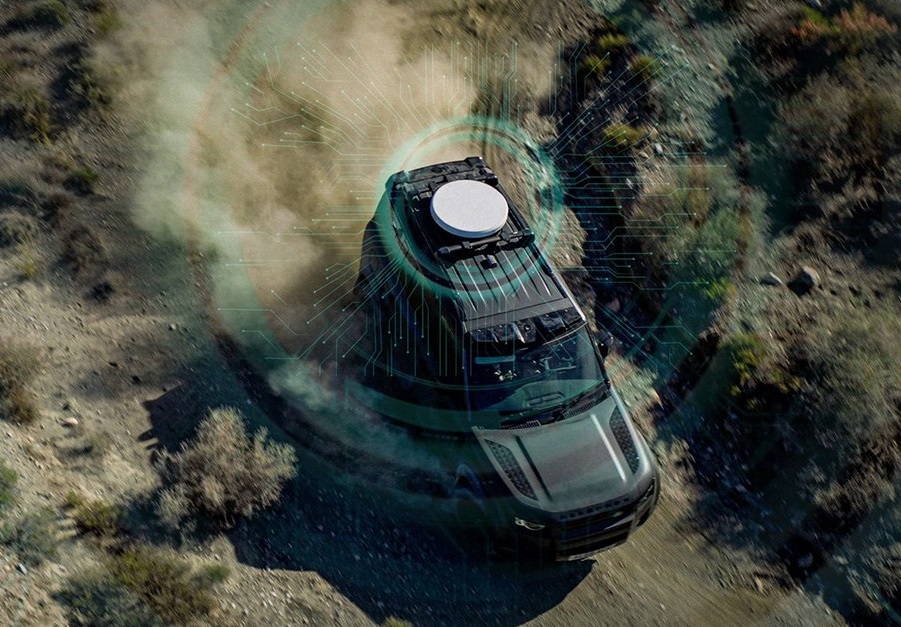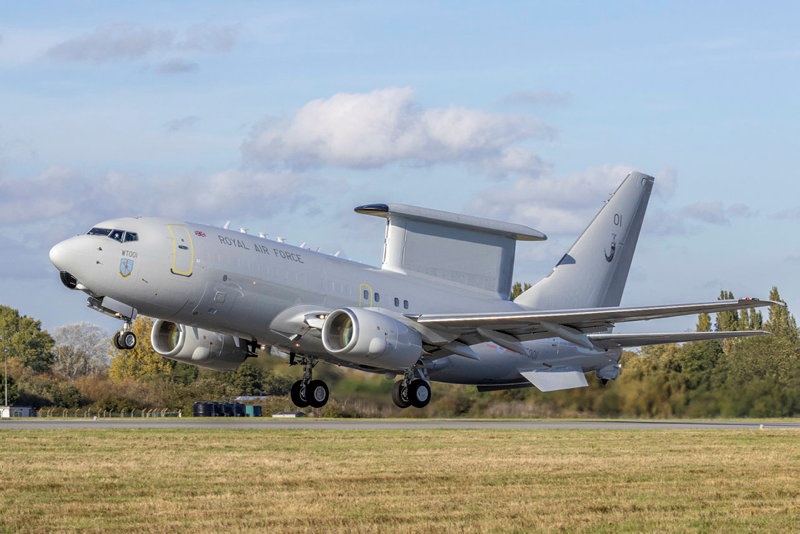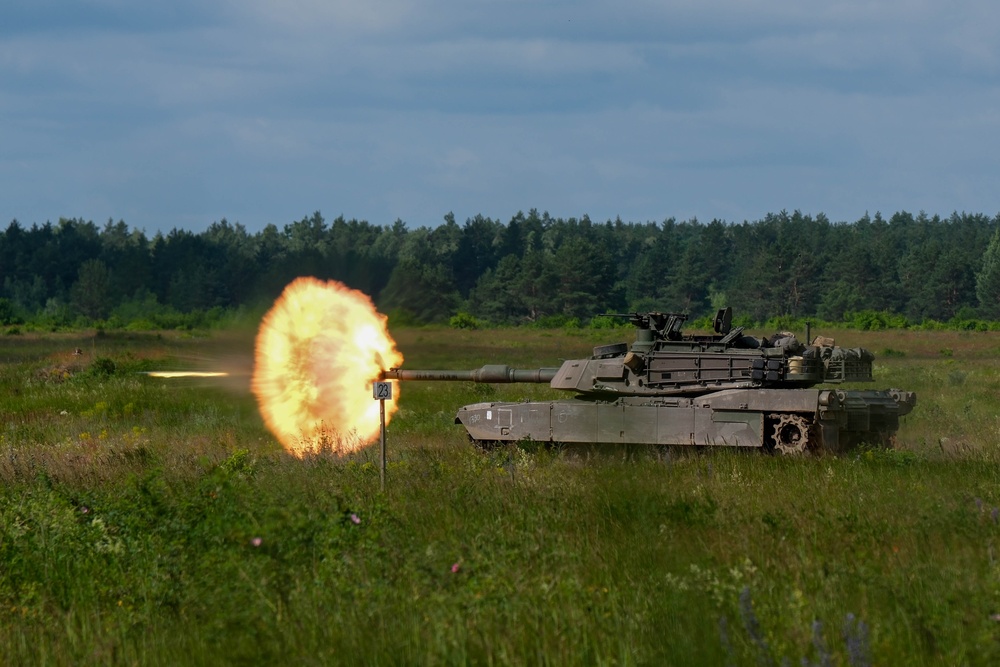Game-changing capability for the warfighter
ER GMLRS is roughly doubling the range of its predecessor, the GMLRS rocket, from more than 70 km to 150 km while providing the same level of reliability and precision. The system is deployable by HIMARS and the MLRS M270 family of launchers.
HIMARS and M270 are critical solutions needed by global partners, which is why it’s important to give servicemembers the enhanced flexibility of GMLRS munitions to improve battlespace coverage. The systems are capable of reaching long and short-range targets, which makes it an invaluable asset to ensure global security and deterrence.
Testing the next generation of GMLRS
ER GMLRS has now completed another series of flight tests at White Sands Missile Range (WSMR), New Mexico firing Alternative and Unitary Warhead variants of the rocket. The tests pushed the system’s limits to a variety of distances from short and midrange flights to max-range.
Each test confirmed the system’s ability to integrate with the HIMARS launcher as well as the projectile’s range, trajectory and accuracy. Prior to launch, the rocket pods underwent Stockpile to Target Sequence (STS) testing. The effort simulates cumulative effects ER GMLRS will meet in the field between factory and launch for the life of the system and demonstrates durability of the missile and launch pod container.
“ER GMLRS continues to perform with precision as we move through system qualification testing and closer to the U.S. Army fielding this critical capability,” said Jay Price, vice president for Precision Fires with Lockheed Martin Missiles and Fire Control.”
Following the SQT flight series, ER GMLRS will move forward with operational testing with the U.S. Army.
Lockheed Martin has produced more than 60,000 GMLRS rounds and is under annual contract to continue production of GMLRS unitary and alternative-warhead rockets including integrated logistics support for the U.S. Army, U.S. Marine Corps and international customers. Once ER GMLRS enters production, it will be produced at the company’s Precision Fires Center of Excellence in Camden, Arkansas.
Source: Lockheed Martin.

























